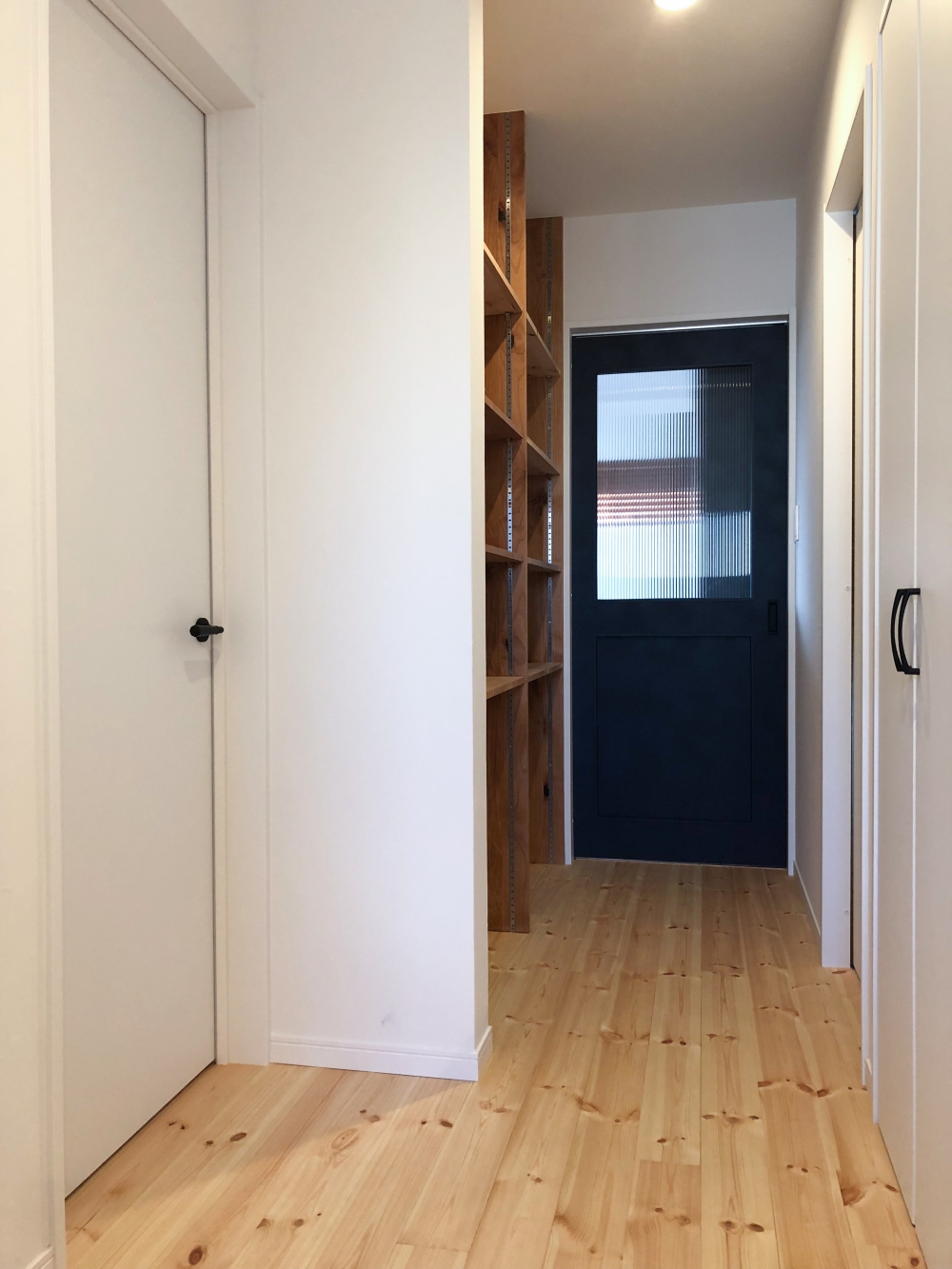

The first is that for much of the time that you'll be driving it, the FF is running with rear-wheel drive alone. There are two reasons that the FF's four-wheel drive, dubbed 4RM by Ferrari, handles more like a rear-wheel drive.
FF WORKS PLUS
How did Ferrari's engineers give the FF this much interior space, plus all-wheel drive, yet maintain the sporty handling that was expected of them? We'll get to that on the next page. Legroom is vast and conducive to comfortable seating, with space for 6-foot (1.8- meter) tall passengers to stretch out without feeling cramped.Īll this spaciousness suggests that the FF must be too large and too heavy to handle well, yet Ferrari insists, rather convincingly, that this is not so. Two electronic displays on the dashboard provide real-time information about the car's status while as many controls as possible are located on the steering column. Six different colors of interior are available. Inside, the FF's upholstery is aniline leather. It clearly says hatchback when the car is viewed in profile, but vacationing Ferrari owners probably won't mind when they discover how much luggage the rear holds. The part of the FF's exterior that Ferrari fans either love or hate is the large, sliced-off rear end, which is built large to allow a fair amount of space in the trunk. Similarly, the side grilles lets air escape from the front wheel wells so that the car won't liftoff like an airplane at high speeds.

The rooflines are designed to channel air in a way that prevents a vacuum from forming behind the chopped-off hatchback rear and producing drag. The 15 cubic feet (.42 cubic meters) of luggage space (double that if the rear seats are folded) make a much better option for weekend outings than anything else in the Ferrari line.Įxternally, the design is what's sometimes called a "shooting brake" - it's too sporty to call a hatchback - with two doors on the sides plus a third that opens on the rear. In fact, four-seater vehicles are nothing new for Ferrari, but it's clear that the FF's designers wanted to create something more comfortable and spacious than previous models, something that a family of four can use on long cross-country trips.

According to its manufacturer, the FF can accelerate from 0 to 62 miles per hour (100 kilometers per hour) in just 3.7 seconds, with an impressive 651 horsepower giving it a top speed of 208 miles per hour (334.7 kilometers per liter).įerrari's aim in designing the FF was to build a successor to its previous four-seater, the 612 Scaglietti fastback coupé. They've done this by giving the FF the largest engine of any Ferrari, along with a four-wheel drive system that weighs half as much as similar systems usually do. In an ingenious bit of engineering, Ferrari has managed to create what is quite possibly the fastest accelerating four-wheel drive car on the road. So does the introduction of a four-wheel drive family car to their line mean that Ferrari is planning to shed its reputation for speed, acceleration and sporty handling? Not at all. It's not hard to figure out what the "four" in Ferrari Four refers to.) (Note all those "fours" - four seats and four-wheel drive. Perhaps the most radical thing about it is that it's Ferrari first car with four-wheel drive. The FF (an abbreviation for "Ferrari Four") is as much a family car as a sports model, with a comfortable four-seat interior and a spacious luggage compartment. The Ferrari FF created a great deal of controversy when it was announced in January 2011, in part because it represents a break from Ferrari's sports car tradition.


 0 kommentar(er)
0 kommentar(er)
